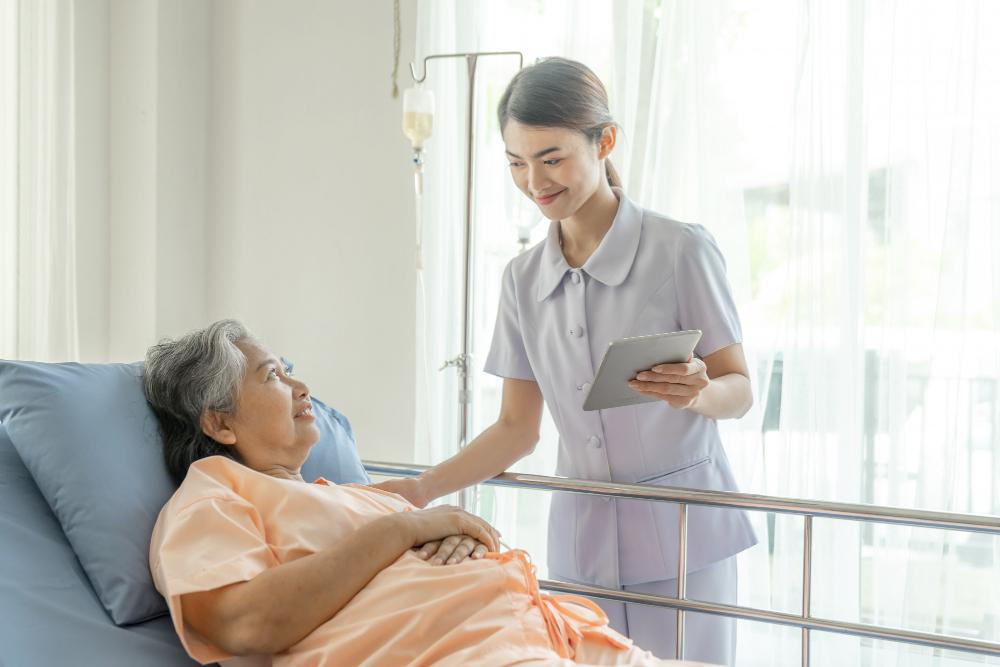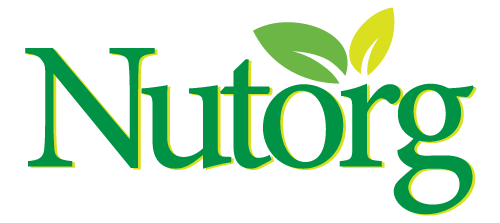
Why Treatment for De Quervain’s Tenosynovitis in Kuala Lumpur is the Most Advanced in Malaysia
De Quervain’s Tenosynovitis, a condition causing pain and swelling at the base of the thumb due to inflammation of the tendons, is a common issue in Malaysia’s urban centers, where repetitive hand and wrist movements are prevalent. Kuala Lumpur, as Malaysia’s capital and medical hub, stands out for its advanced treatment options for this condition. With cutting-edge technology, highly trained specialists, and a robust healthcare infrastructure, Kuala Lumpur offers superior care compared to other regions in Malaysia. This article examines why Kuala Lumpur is a leading destination for treating De Quervain’s Tenosynovitis and addresses five frequently asked questions to highlight the advantages of treatment for De Quervain’s Tenosynovitis in Kuala Lumpur.
Advanced Healthcare Infrastructure
Kuala Lumpur’s healthcare system is among the most sophisticated in Malaysia, with private hospitals like Gleneagles Hospital, Pantai Hospital, and Prince Court Medical Centre equipped with state-of-the-art facilities. These institutions invest heavily in advanced diagnostic tools, such as high-resolution ultrasound and MRI, which enable the precise identification of tendon inflammation and sheath thickening, crucial for an accurate diagnosis of De Quervain’s Tenosynovitis. Unlike smaller cities, Kuala Lumpur’s hospitals integrate multidisciplinary teams, including orthopedic surgeons, hand specialists, physiotherapists, and occupational therapists, ensuring comprehensive care from diagnosis to recovery.
The city’s hospitals adhere to international standards, holding accreditations from reputable bodies such as the Malaysian Society for Quality in Health (MSQH) and Joint Commission International (JCI). This ensures consistent, high-quality treatment protocols. For instance, facilities like Sunway Medical Centre use ultrasound-guided corticosteroid injections to target inflammation with precision, minimizing side effects and improving outcomes compared to less advanced clinics in other regions.
Expertise of Specialists
Kuala Lumpur attracts Malaysia’s top orthopedic surgeons and hand specialists, many of whom have fellowship training in hand and microsurgery from international institutions. Specialists at hospitals like KPJ Damansara Specialist Hospital and Assunta Hospital are skilled in both conservative and surgical treatments for De Quervain’s Tenosynovitis. Their expertise in minimally invasive techniques, such as endoscopic-assisted tendon release, reduces recovery time and scarring compared to traditional open surgery, which may be more common in less urbanized areas like Ipoh or Penang.
The concentration of specialists in Kuala Lumpur allows for subspecialty care, ensuring patients receive treatment from doctors with extensive experience in hand-related conditions. These professionals stay updated on global advancements through continuous medical education and international conferences, bringing the latest techniques to Malaysia. For example, specialists may combine corticosteroid injections with advanced therapies like high-intensity laser therapy (HILT), available at centers like Chiropractic Specialty Center (CSC), to enhance recovery.
Innovative Non-Surgical Treatments
Kuala Lumpur leads in offering innovative non-surgical treatments for De Quervain’s Tenosynovitis, which are often less accessible in other Malaysian cities. Clinics like CSC offer advanced therapies, including underwater ultrasound and HILT, which enhance tendon healing by improving blood circulation and reducing inflammation. These technologies are particularly effective for early-stage cases, allowing patients to avoid invasive procedures. In contrast, smaller cities may rely heavily on basic splinting and NSAIDs, which may not be as effective in addressing severe or chronic cases.
Physiotherapy in Kuala Lumpur is also highly advanced, with centers like PhysioLab in Bangsar offering tailored rehabilitation programs. These include specific exercises, such as wrist flexion and grip strengthening, which are crucial for restoring function and preventing recurrence. Occupational therapists in Kuala Lumpur provide ergonomic assessments, helping patients modify workstations or daily activities to reduce strain, a service less common in rural areas.
Access to Minimally Invasive Surgery
For cases requiring surgery, Kuala Lumpur’s hospitals excel in minimally invasive techniques. De Quervain’s release surgery, which involves opening the tendon sheath to relieve pressure, is performed as a day procedure under local anesthesia in facilities like Gleneagles and Prince Court. These hospitals use advanced surgical tools, such as endoscopic systems, which allow smaller incisions and faster recovery compared to traditional methods more prevalent in less equipped regions like Johor or Sabah.
Post-surgical care in Kuala Lumpur is equally advanced, with dedicated hand therapy programs to restore mobility and strength. Hospitals collaborate with physiotherapists to provide customized rehabilitation plans, ensuring patients regain full hand function within 4–6 weeks. This integrated approach is less common in smaller cities, where follow-up care may be limited to general physiotherapy.
Holistic and Complementary Therapies
Kuala Lumpur’s diverse healthcare landscape includes holistic options like acupuncture and traditional Chinese medicine (TCM), which complement conventional treatments. Clinics like Eu Yan Sang TCM Clinic in Pavilion Kuala Lumpur offer acupuncture to reduce pain and inflammation, supported by studies showing its efficacy when combined with splinting. These options are more readily available in Kuala Lumpur than in other regions, where TCM practitioners may lack specialized training in musculoskeletal conditions.
Chiropractic care, offered by centers like CSC, also enhances Kuala Lumpur’s treatment offerings. Their holistic programs combine manual therapy, cryotherapy, and custom exercise plans, targeting the root causes of De Quervain’s Tenosynovitis for lasting relief. Such comprehensive, non-invasive approaches are less prevalent in cities like Kuching, where access to advanced chiropractic care is limited.
Accessibility and Patient-Centric Care
Kuala Lumpur’s healthcare system is designed for accessibility, with online booking platforms like DoctorOnCall and efficient public transportation (MRT, LRT) connecting patients to hospitals in areas such as Bukit Bintang and Petaling Jaya. Private hospitals offer multilingual staff and cater to expatriates, making care inclusive for Malaysia’s diverse population. Additionally, Kuala Lumpur’s hospitals offer teleconsultations, enabling initial assessments without the need for travel, a feature that is less developed in rural areas.
The city’s competitive healthcare market drives patient-centric innovations, such as same-day appointments and personalized treatment plans. Costs are reasonable, with consultations ranging from RM100 to RM300, corticosteroid injections from RM100 to RM200, and surgery from RM5,000 to RM10,000, which is often covered by insurance. This affordability, combined with high-quality care, makes Kuala Lumpur a preferred destination for treatment.
5 Frequently Asked Questions (FAQs)
1. Why is Kuala Lumpur’s healthcare infrastructure superior for treating De Quervain’s Tenosynovitis?
Kuala Lumpur’s hospitals, like Gleneagles and Prince Court, are equipped with advanced diagnostic tools (e.g., ultrasound, MRI) and are accredited by MSQH and JCI. These facilities offer multidisciplinary care, integrating the services of orthopedic surgeons, physiotherapists, and occupational therapists, ensuring comprehensive treatment that is not available in smaller cities.
2. What advanced non-surgical treatments are available in Kuala Lumpur?
Kuala Lumpur offers innovative therapies, such as underwater ultrasound and high-intensity laser therapy (HILT), at clinics like Chiropractic Specialty Center. These reduce inflammation and promote healing, supplemented by tailored physiotherapy and ergonomic assessments, which are less common in regions like Penang or Johor.
3. How do Kuala Lumpur’s specialists enhance treatment outcomes?
Specialists in Kuala Lumpur, often with international fellowship training, excel in minimally invasive techniques, such as endoscopic-assisted surgery and ultrasound-guided injections. Hospitals like KPJ Damansara and Sunway Medical Centre employ hand surgeons who stay updated on global advancements, ensuring better outcomes than in less specialized regions.
4. Why is minimally invasive surgery more advanced in Kuala Lumpur?
Kuala Lumpur’s hospitals utilize endoscopic systems for De Quervain’s release surgery, enabling smaller incisions and a faster recovery. Facilities like Pantai Hospital provide dedicated post-surgical hand therapy, unlike smaller cities where general physiotherapy may be the only option.
5. How do holistic therapies in Kuala Lumpur contribute to advanced care?
Kuala Lumpur offers acupuncture and Traditional Chinese Medicine (TCM) at clinics like Eu Yan Sang, complementing conventional Western treatments. Chiropractic care at CSC integrates manual therapy and cryotherapy, providing holistic, non-invasive options that are less available in cities like Kota Kinabalu.
Conclusion
Kuala Lumpur’s advanced treatment for De Quervain’s Tenosynovitis sets it apart as Malaysia’s leading medical hub. Its state-of-the-art infrastructure, highly trained specialists, innovative non-surgical therapies, minimally invasive surgical options, and holistic approaches ensure superior outcomes. With accessible, patient-centric care and a focus on integrating global advancements, Kuala Lumpur offers unmatched treatment quality for residents and visitors seeking relief from this painful condition. Early intervention in the city’s top facilities can restore hand function and improve quality of life effectively.
